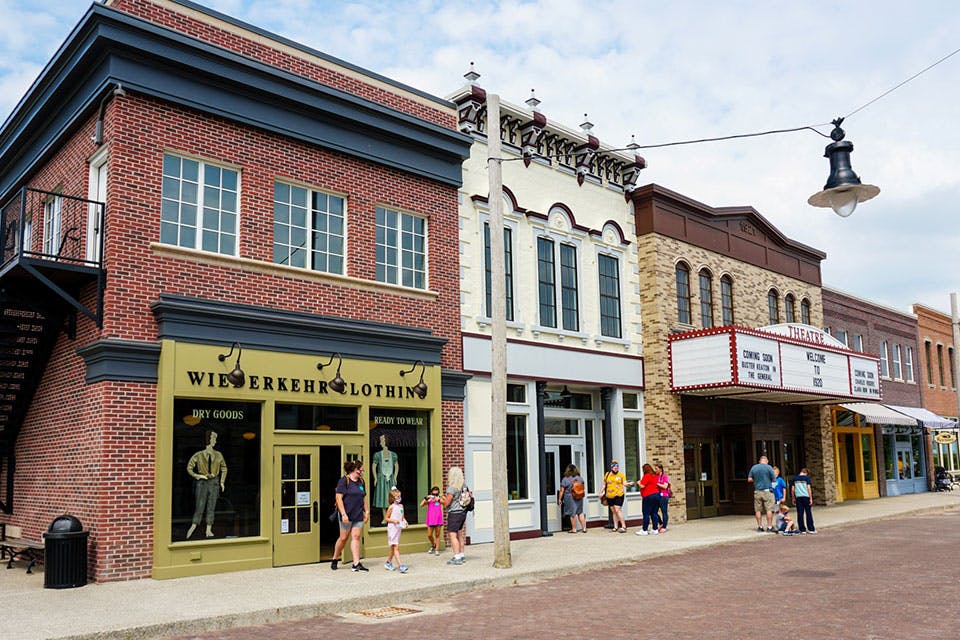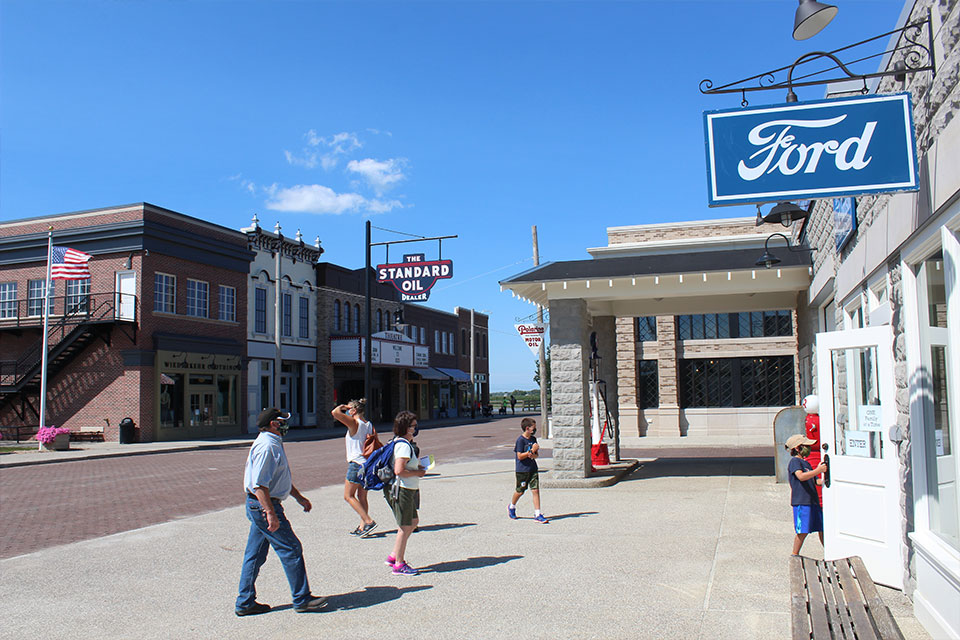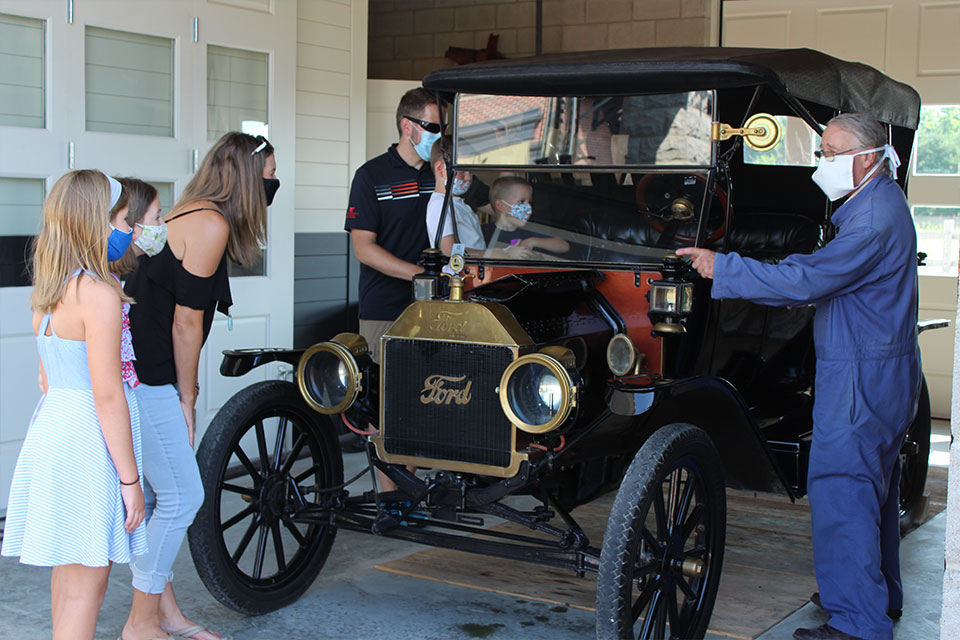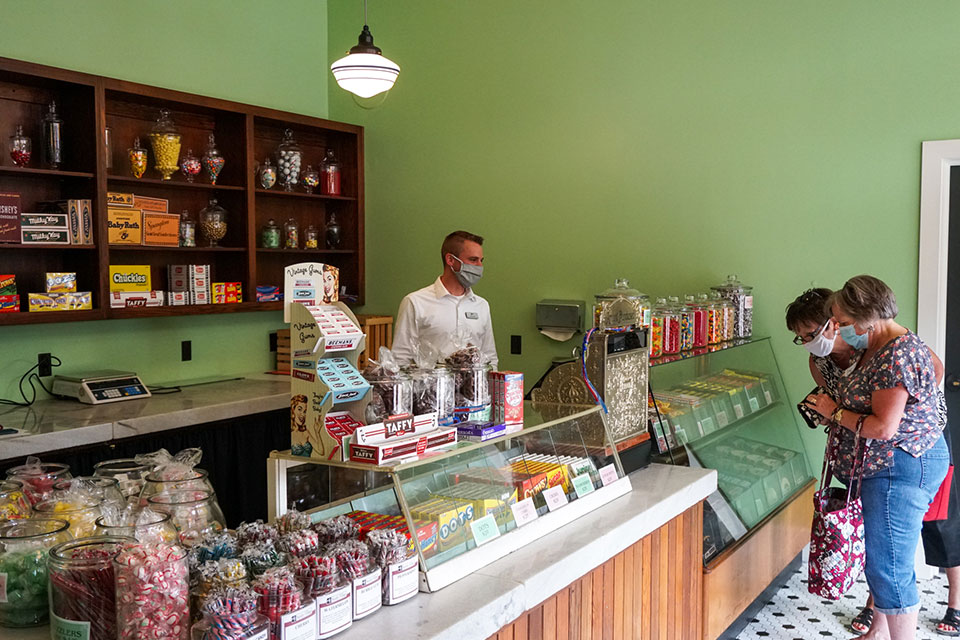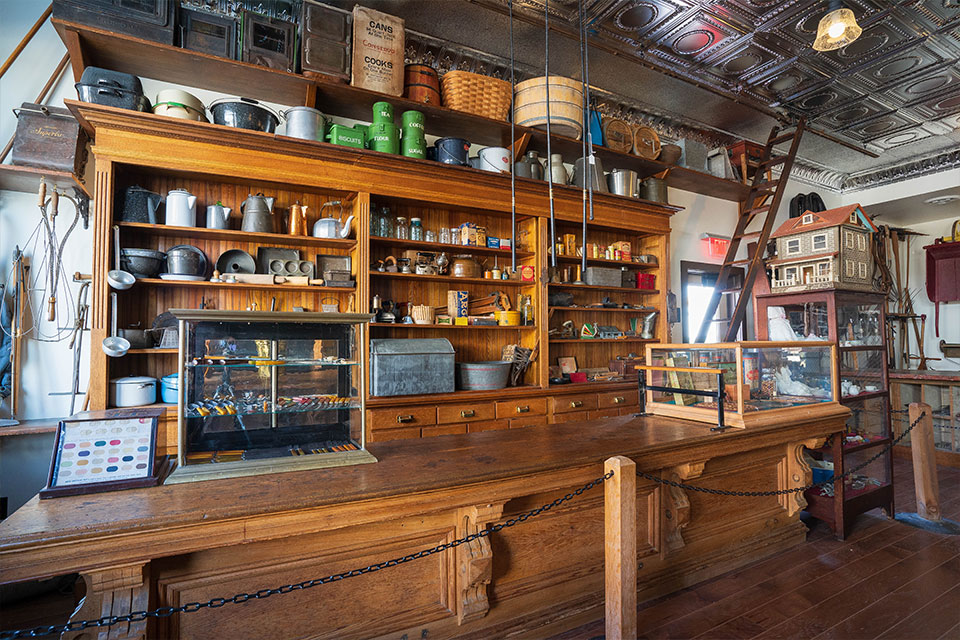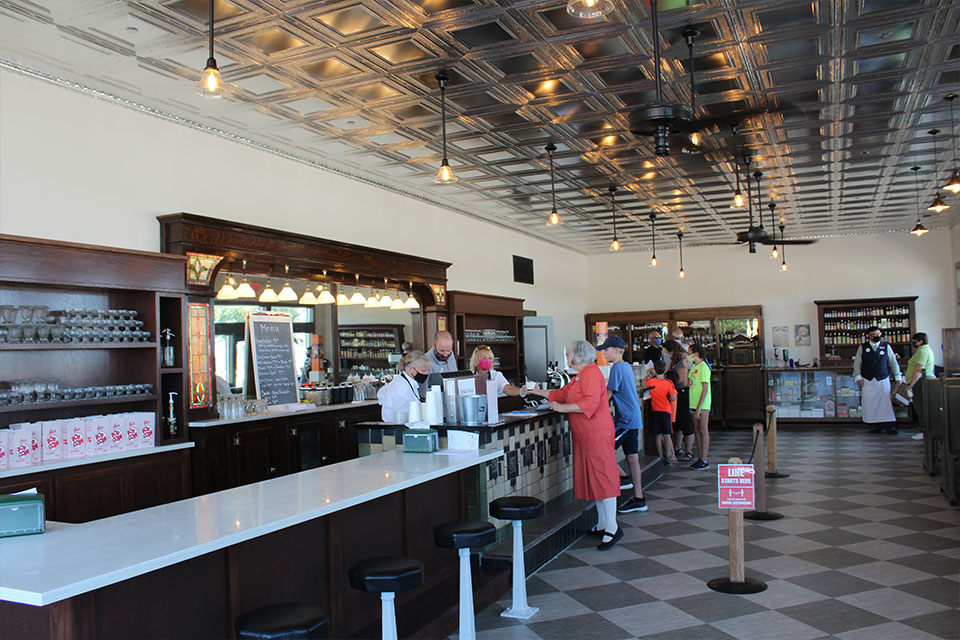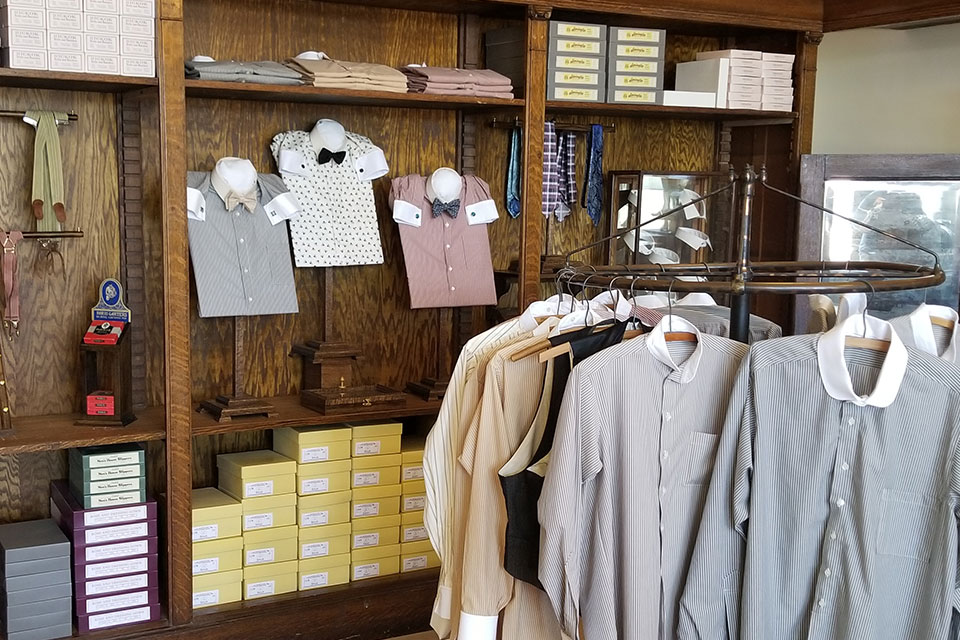Travel
Sauder Village’s 1920s Main Street
Ohio’s largest living-history attraction has added a new chapter to its Walk Through Time: a downtown block of discovery that’s 100 years in the making.
Related Articles

New Book Details Origins and Evolution of Dayton’s Carillon Historical Park
The destination’s vice president of museum operations Alex Heckman and curator Steve Lucht wrote the 222-page, hardbound coffee-table book. READ MORE >>

See ‘Heartland: The Stories of Ohio Through 250 Objects’ in Lancaster
The Decorative Arts Center of Ohio hosts an artifact-focused exhibition that tells the story of our state through a collection of family keepsakes and iconic inventions. READ MORE >>

8 Ways to Spend Thanksgiving Weekend
Once the last plates are cleared, make your way to these fun-filled events that are sure to entertain out-of-town family and friends during the long weekend following Turkey Day. READ MORE >>


